Introduction
As dermatology professionals continue to recognize the profound emotional and social impact of skin diseases on patients, it becomes increasingly important to measure these effects accurately. The Skindex-16 Quality of Life Scale is a key tool that provides valuable insights into how skin conditions affect a patient’s quality of life (QoL). This article explores the essential details of the Skindex-16 questionnaire, its applications, and how it can benefit researchers, clinicians, and healthcare providers in the dermatology field.
Key Features of the AQLQ
What is Skindex-16 ?
The Skindex-16 is a reliable, validated questionnaire designed to assess the impact of skin diseases on a person’s quality of life. Originally developed from the Skindex-61 (1996) and subsequently shortened to Skindex-29, it evolved further to become the Skindex-16. This 16-item version simplifies the assessment process without sacrificing accuracy.
Purpose and Applications
The primary purpose of the scale is to evaluate the emotional, social, and physical impacts of dermatological conditions. It helps clinicians and researchers identify how skin diseases affect various aspects of daily living, from functional limitations to emotional distress.
The questionnaire is used for:
- Screening: Identifying the psychological and functional impact of skin diseases.
- Monitoring: Tracking changes in quality of life over time.
- Research: Collecting data for studies focused on dermatological interventions and treatments.
Domains and Sub-Domains Covered
The Skindex-16 evaluates the following domains:
- Symptoms: Impact of skin conditions like itching, pain, and irritation.
- Emotions: Psychological effects, such as frustration, embarrassment, and depression.
- Functioning: Social interactions, daily activities, and work-related impacts.
How Skindex-16 Works: Scoring and Interpretation
Scoring Method
Each of the 16 items in the Skindex-16 is scored on a Likert scale (0-6), where:
- 0 = Never bothered
- 6 = Does not apply (missing data)
The scoring involves two main steps:
- Raw Domain Scores: Calculate the sum of the scores for each domain (Symptoms, Emotions, Functioning).
- Transformed Scores: These raw scores are then converted to a 0-100 scale, with higher scores indicating greater impairment.
Interpretation of Scores
- 0 = No impact: No significant effect on quality of life.
- 100 = Maximum impact: Severe impairment due to skin conditions. Researchers can interpret these scores to assess the degree to which a skin disease affects a patient’s life.
Clinical and Research Relevance
Target Population and Age Groups
The Skindex-16 is designed for adults aged 18 years and older, making it relevant for a wide range of age groups, including:
- Young adults (18-24 years)
- Middle-aged adults (25-44 years)
- Older adults (45+ years)
This tool is applicable across various populations, from patients managing chronic skin conditions to individuals undergoing dermatological treatments.
Reliability and Validity
With a Cronbach’s alpha ranging from 0.86 to 0.93, the Skindex-16 is highly reliable, ensuring consistent results across different settings. The tool has been widely validated in dermatology research and clinical practice, demonstrating its robustness and accuracy in assessing the quality of life.
Key Research Links: Validity and Reliability Original Study
Key Benefits for Researchers and Clinicians
- Easy to Use: The Skindex-16 requires 5-10 minutes to complete, making it an efficient tool for both clinical and research settings.
- Free Access: The questionnaire is available for free, making it accessible for widespread use in dermatological research and clinical practice.
- Wide Language Availability: The tool is available in over 40 languages, ensuring its utility in diverse cultural contexts.
- No Special Training Required: The Skindex-16 is self-administered, eliminating the need for special training for both researchers and patients.
Limitations and Considerations
While highly effective, the Skindex-16 is a self-report measure, which can introduce potential biases. Additionally, the scoring complexity may be challenging for some users without familiarity with Likert scales. However, these limitations do not significantly affect its overall utility in clinical and research environments.
Licensing and Availability
The questionnaire is free to use but requires permission from Mapi Research Trust.
Access Here: Skindex-16 Official Page
Contact: Send a message the following email: mmchren@itsa.ucsf.edu
Frequently Asked Questions (FAQ)
1- What is the Skindex-16 used for?
The Skindex-16 is used to assess the impact of skin diseases on quality of life, focusing on symptoms, emotional distress, and social functioning.
2- Who can use the Skindex-16?
It is primarily designed for adults (18+ years) and can be used by clinicians and researchers to assess the impact of dermatological conditions on patients’ lives.
3- How is the Skindex-16 scored?
The Skindex-16 uses a Likert scale (0-6), with higher scores indicating a greater impact on quality of life. Raw scores are transformed into a 0-100 scale for easy interpretation.
4- Is the Skindex-16 free to use?
Yes, the Skindex-16 is available for free, with no licensing costs.
A word from ResRef
The Skindex-16 is a reliable and validated tool for assessing the impact of skin diseases on quality of life. Its comprehensive coverage of symptoms, emotional distress, and functional limitations makes it an essential instrument for dermatology research and clinical practice.
References
- Chren, MM., Lasek, R.J., Sahay, A.P. et al. Measurement properties of skindex-16: A brief quality-of-life measure for patients with skin diseases. J Cutan Med Surg 5, 105–110 (2001). https://doi.org/10.1007/BF02737863 , study link


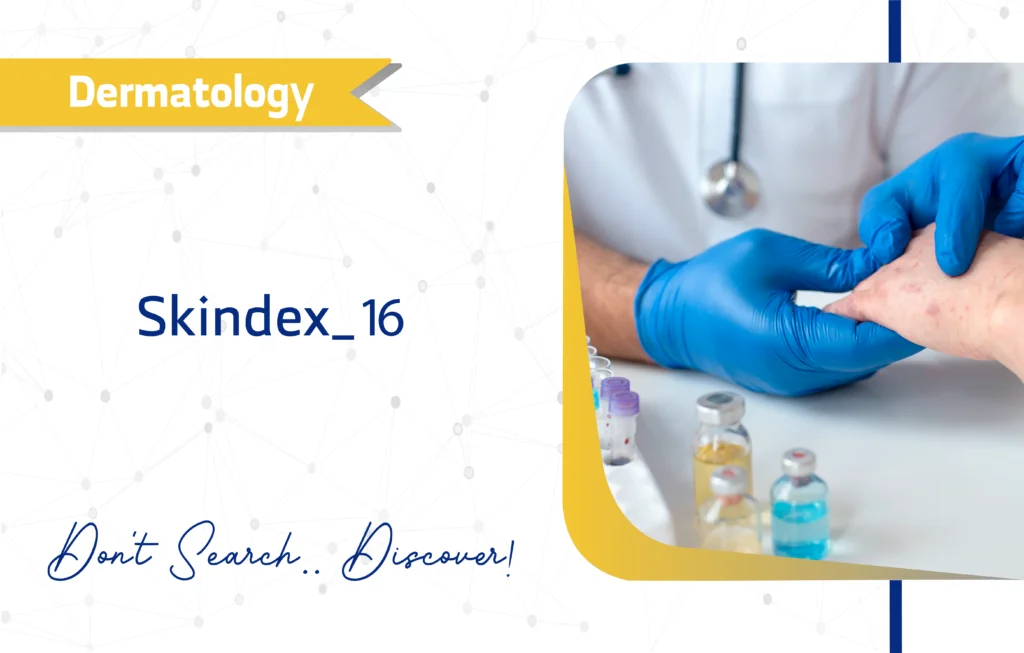
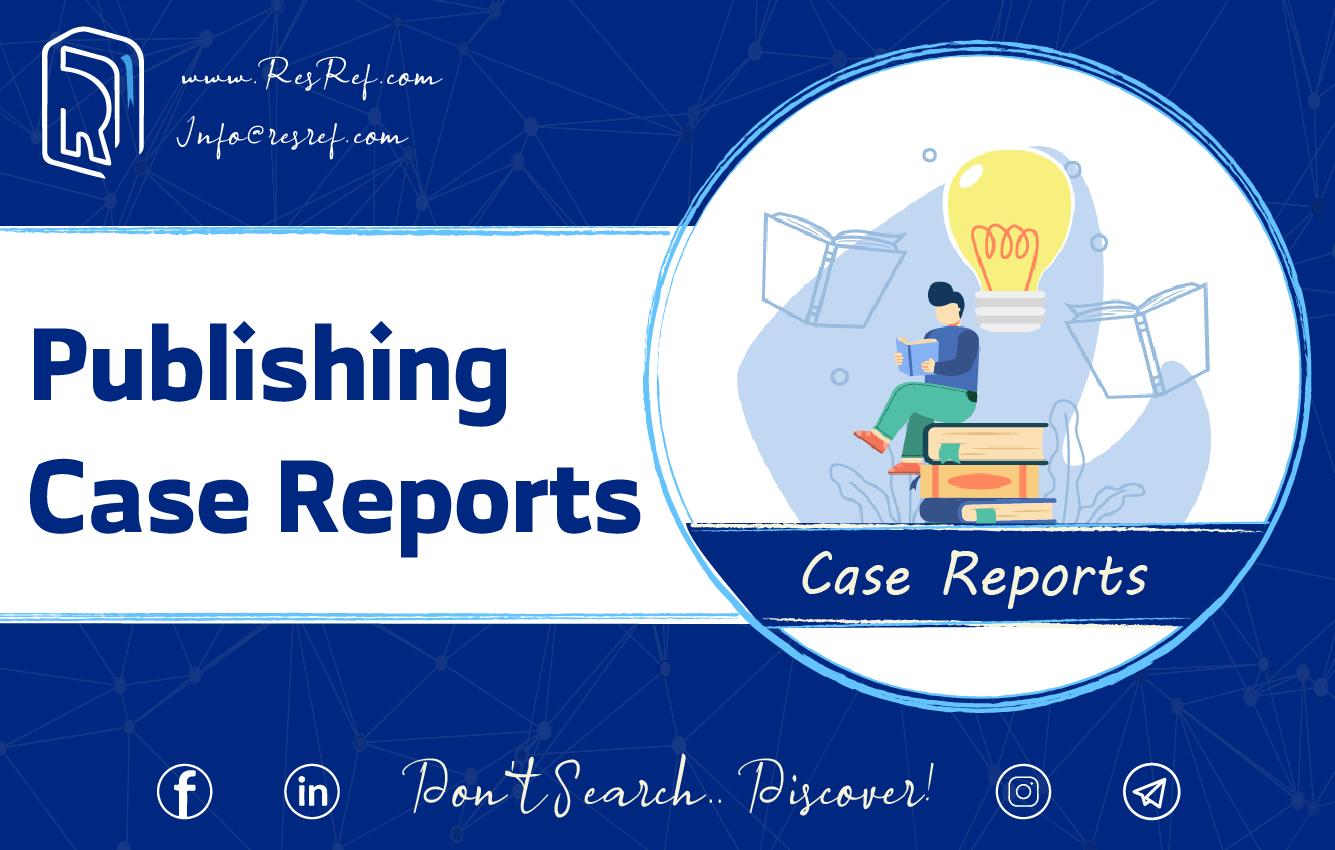
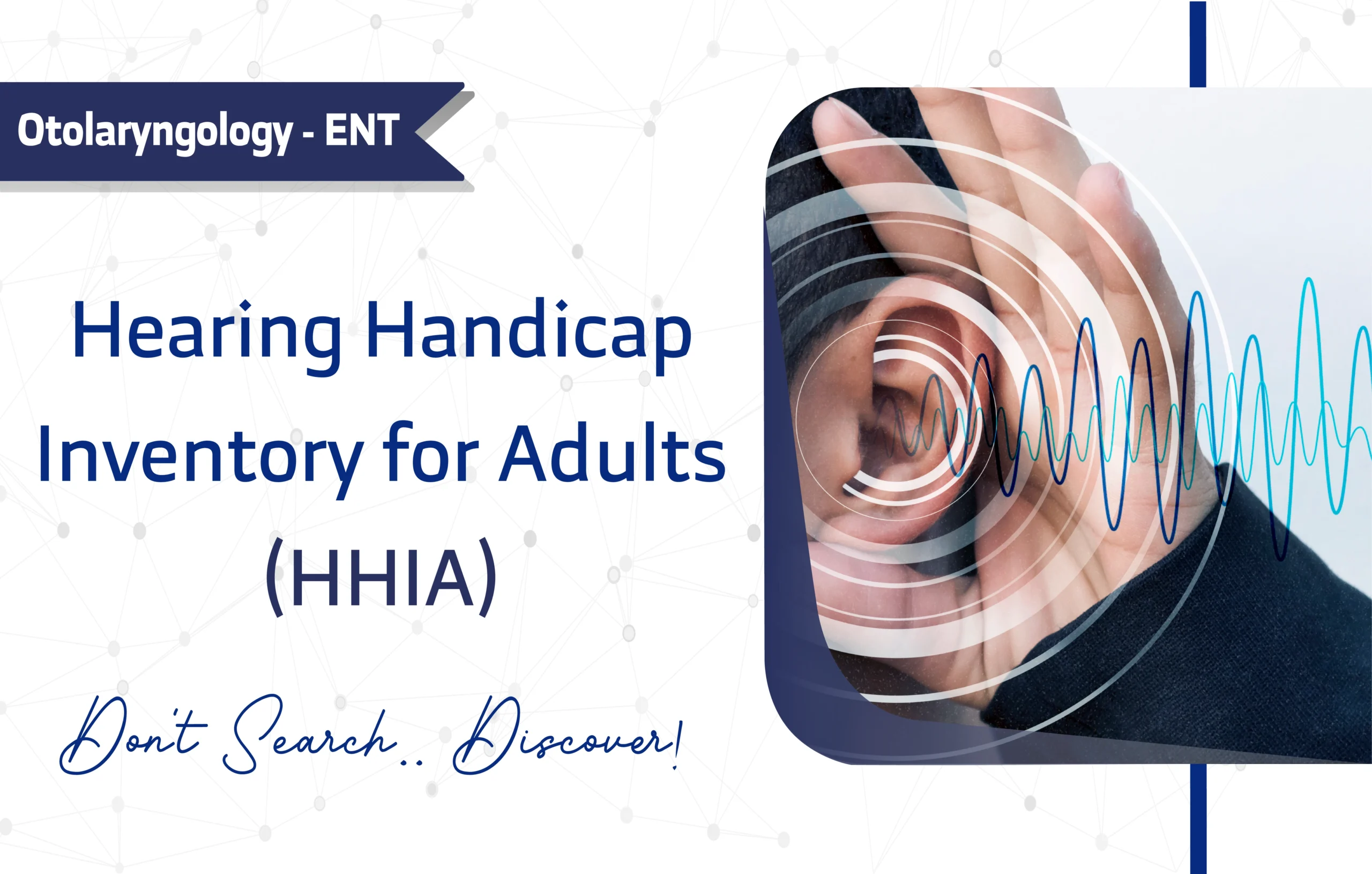
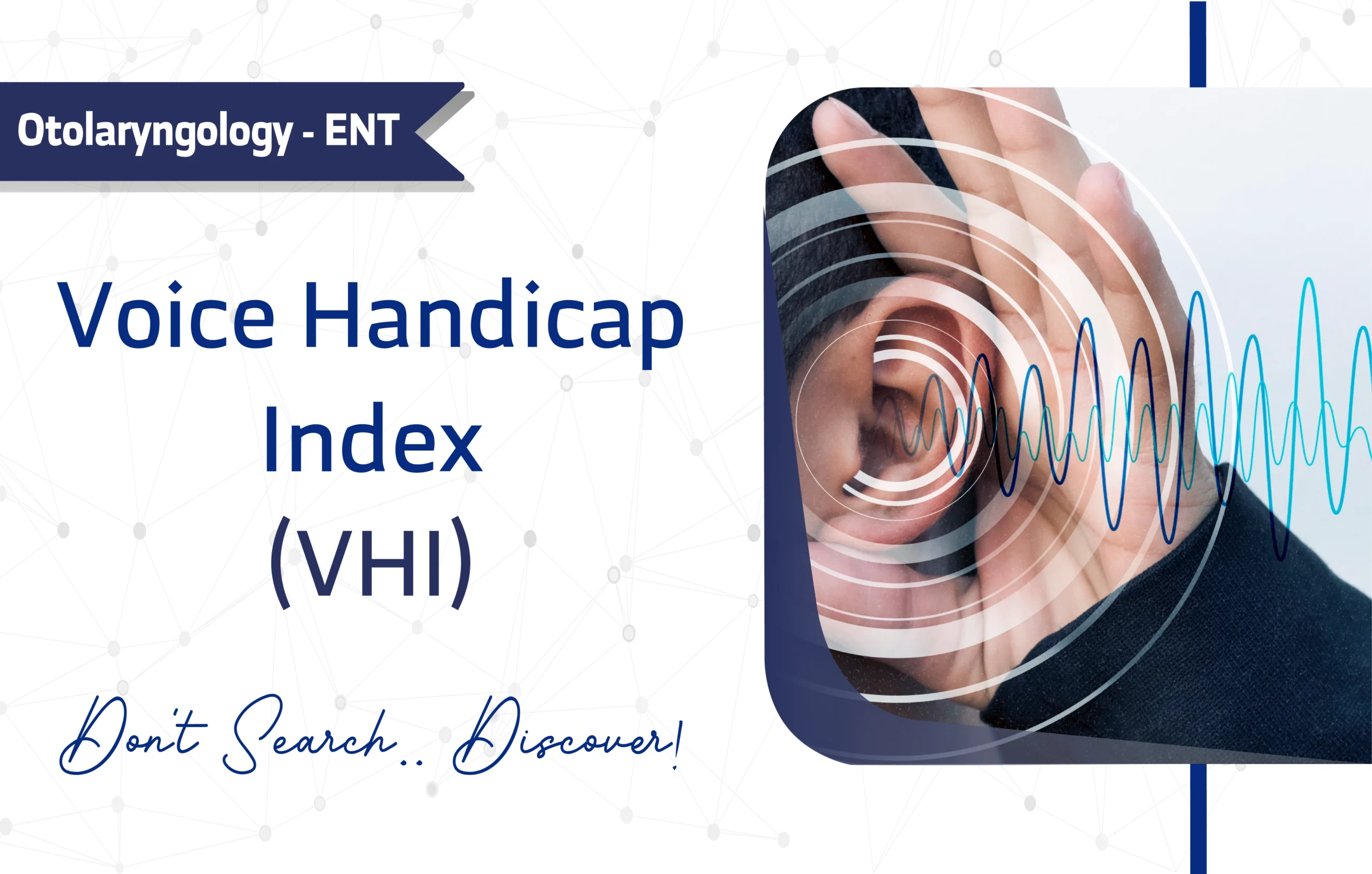


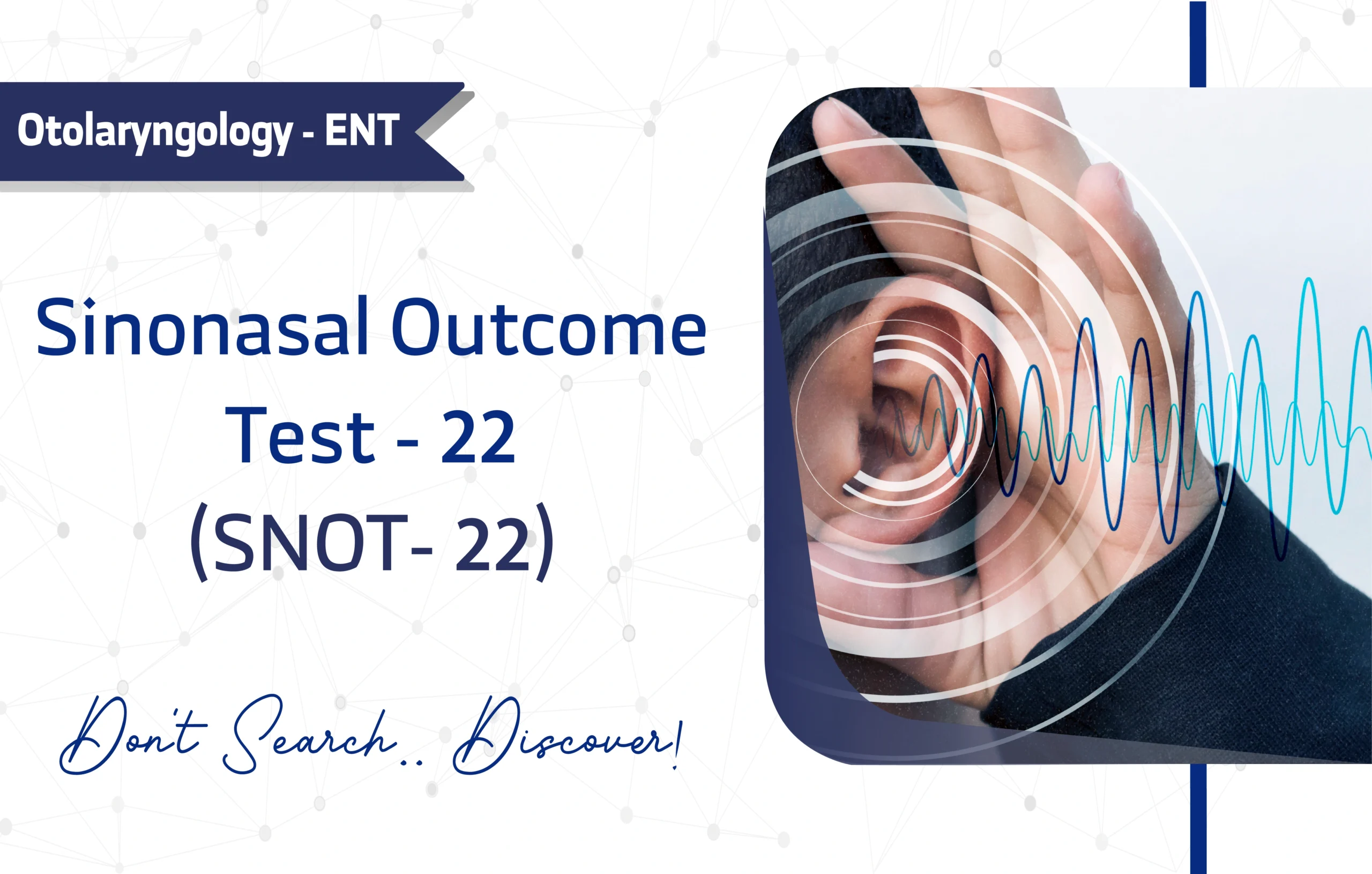
7 thoughts on “Skindex-16: A Full Guide for Clinicians and Researchers”
Very practical and easy to understand,great job.
Thank you for sharing in such a straightforward way.
Great work! This will help many researchers save time.
Woah! I’mreally digging the template/theme of this website.
It’s simple, yet effective. A lot of times it’s hrd to get that “perfect balance” between superb usability and visual appearance.
I must say you’ve done a awesome job with this. In addition, the
blog loads extremely fast for me on Firefox. Superb Blog!
I’m really enjoying the design and layout of your blog.
It’s a very easy on the eyes which makes it much more pleasant for me
to come here and visit more often. Did you hire out a designer to create
your theme? Exceptional work!
Excellent post! Please continue sharing this kind of information on your page. I’m truly impressed by your blog,you’ve done an outstanding job. I’ll definitely explore it further and recommend it to my friends, as I’m sure they will benefit from this website as well.
I really like how this article is structured, the sections flow naturally and make it easy to follow the information.